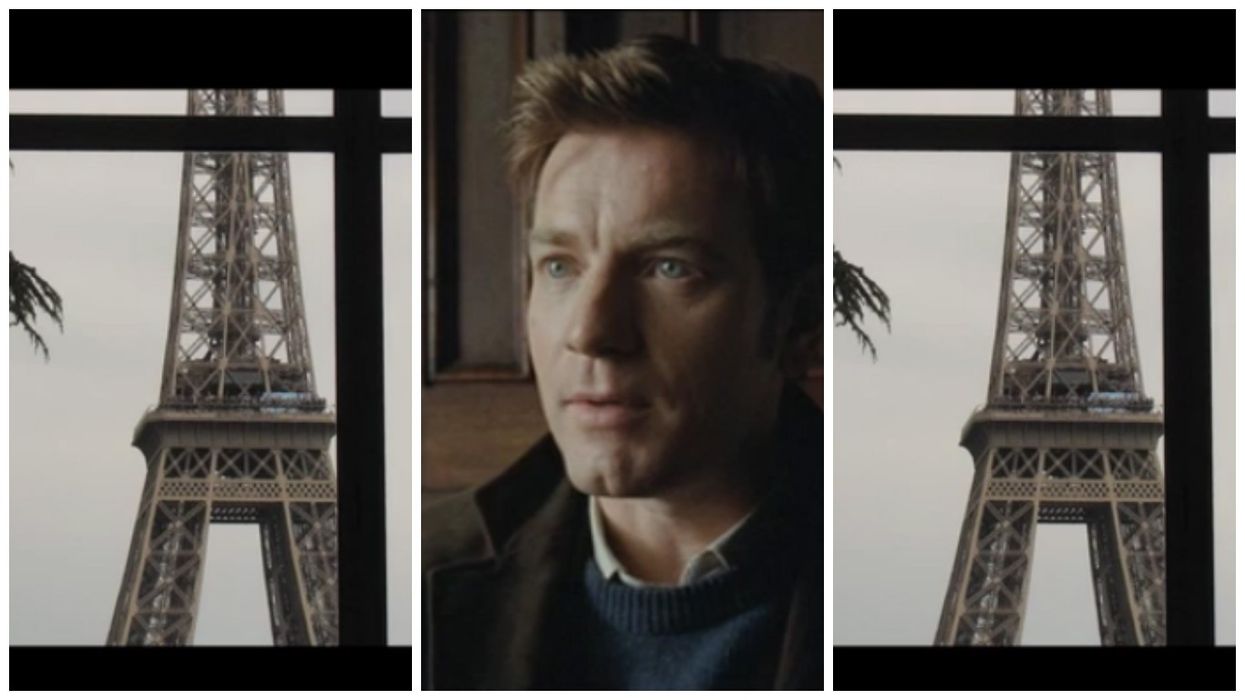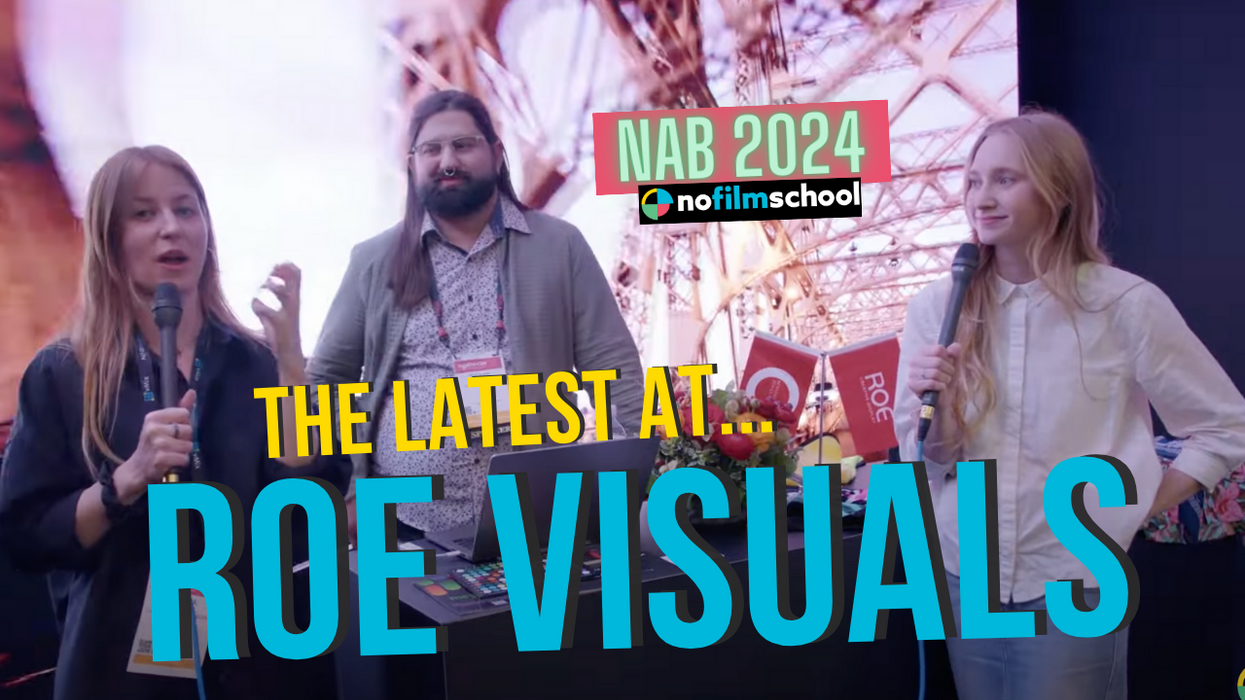How Constructive Editing Techniques Can Save Money On Your Next Film
This video essay may change the way you edit your next film.

Codified roughly a hundred years ago by American and Russian filmmakers, the so-called "rules" of cinema are still in use today, but there is an alternative to the conventional wisdom about how to ground an audience in the physical space of your film. This video essay describes the technique known as "constructive editing," and we'll look at how you can use it in your next project (and how doing so might save you some cash).
The most common form of editing in narrative film today is analytic editing, which tends to start a scene by situating the viewer in physical space (usually by means of a long shot, or its equivalent). Then, once the audience is oriented, closer shots are employed, shots that "analyze" the filmic space. We see this technique deployed in almost every narrative movie, because, well, it works.
In the following scene from Goodfellas, it's what's at work when we start with (and return to) an establishing shot of Henry and Jimmy, then cut in to their conversation. Analytic editing is what gives us the classic conversation setup, with eye-lines and shots that remind us of the character's spatial proximity to each other. Even though the other character might be off-screen, we know their basic position because of the famous 180-degree rule, which establishes the eye-line between the two characters, or the direction in which they are looking when the other character is off-screen (if a character is looking at someone off-screen and talking to them, we in the audience assume that the unseen character is still there.)
The 180-degree rule can seem confusing at first, but this definition breaks it down pretty well: "the ‘line’ goes between the subject of the current shot (who will be the audience’s focus of attention) and the object that this subject is looking at (which can be a person or thing)."
When the 180-degree rule is broken, it leads to disorientation for the viewer, and while it's often done by mistake, many directors have used this disorientation for effect. A famous example of this is found in The Shining, when Jack Torrance and Delbert Grady have their discussion in the red bathroom (and, of course, sometimes seeing a violation of a rule helps us to understand that rule):
An audience, then, seeing two shots juxtaposed, will most likely connect these images in space and time (differing from Eisenstein's more well-known montage theory). It also means, to quote the above video essay by David Bordwell: "the viewer is likely to assume that characters seen in separate shots were in the same locale." Therefore, if you can't afford to fly your production off to an exotic locale and use establishing shots of the local scenery and color, you can get away with having a character look off-screen:
And, because of the Kuleshov effect and the principles of constructive editing, you'll find that for all intents and purposes, the audience will believe that the film is set in Paris, not Peoria(or vice versa, depending on your film.) And you won't have had to spend any money on expensive establishing shots of characters and the Eiffel Tower. If you want, you can even add a line or two of dialogue, e.g., "Boy, what a tower!" The point is that constructive editing means the audience will unconsciously obey Bordwell's dictum: "what happens between shots takes place in your head."
"What happens between shots takes place in your head."
Constructive editing can be a cost-saving measure even if you aren't trying to take your audience to another locale. The size of the space your shot encompasses determines, to a large degree, the cost of that shot. For instance, to name but a few variables: the smaller the shot, the less you potentially need to spend on lighting, wrangling people in the shot who shouldn't be in the shot, obtaining access to locations that are closed off or paying exorbitant fees to rent a particular location. What it comes down to is that when you know how to work-around problems, you have an edge. Furthermore, sometimes restrictions can force imaginative, inventive thinking that can produce inimitable moments.
This technique is not just a way to save money; it's a stylistic choice. Bresson, the influential and incredible French filmmaker discussed in Bordwell's video essay, made extensive use of constructive editing in his films. His style makes use of many close, quick shots of faces featuring enigmatic expressions, which force the viewer to contemplate the thoughts in characters' heads. Additionally, in his films there are many instances of close, quick cuts to hands and feet, which force the viewer to consider who was performing the action. In traditional Hollywood style continuity editing, where the audience knows at all times where everything and everyone is in relation to one another, this almost mystical quality would be lost.
Ok, good talk, guys. Oh, and thanks to David Bordwell for his wonderful video essay.

















